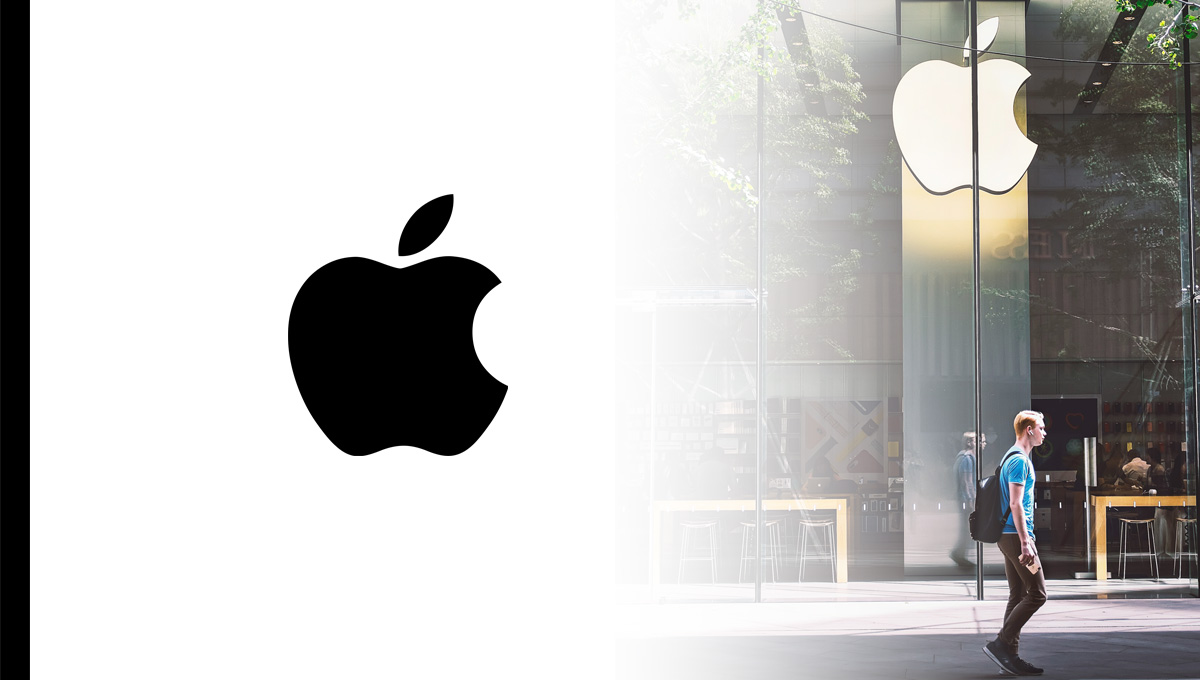Apple Inc. is a titan of innovation and profitability, setting standards for businesses worldwide. This post delves into the pivotal components of Apple’s business model that contribute to its financial success.
1. Product Ecosystem
Apple’s ability to create a seamless ecosystem of devices and services is a cornerstone of its profitability. This interconnected environment enhances user satisfaction and ensures customer retention, making it harder for users to switch to competitors.
Interested in data on top US companies?
Save tens of hours in 2 minutes with some of our best-selling Excel files:
Key Components of the Ecosystem
– Devices: Apple offers a comprehensive product lineup, including the iPhone, iPad, MacBook, Apple Watch, and AirPods, meticulously designed for harmonious integration.
– Software: With integrated operating systems like iOS, macOS, watchOS, and tvOS, Apple provides a consistent and intuitive user experience across all devices.
– Services: Apple’s robust services portfolio—featuring Apple Music, Apple TV+, iCloud, and the App Store—creates ongoing revenue streams that complement their hardware sales.
Benefit:
This cohesive ecosystem fosters unparalleled customer loyalty. As users invest in multiple Apple products and services, switching costs rise, ensuring sustained profitability and continued engagement.
2. Premium Pricing Strategy
Apple employs a premium pricing model that positions its products as benchmarks for luxury and quality.
Reasons Behind Premium Pricing
– Brand Image: Apple is perceived as a prestigious innovation leader, allowing it to command higher prices without sacrificing customer interest.
– Quality: A steadfast commitment to high-quality materials and cutting-edge technology justifies its premium status.
– Research and Development: Significant investments in R&D cultivate groundbreaking innovations, reinforcing its premium pricing position.
Action Point:
Businesses aspiring to adopt a similar premium pricing model must maintain a strong brand image. Consistently delivering quality while focusing on customer perceptions can pave the way to luxury brand status.
3. Innovation and R&D Focus
Apple’s commitment to research and development is vital for maintaining its market leadership and competitive edge.
Impact of R&D on Profitability
– Product Development: Continuous investment in R&D yields innovative products and enhanced features that enable Apple to capture greater market shares.
– Market Leadership: Apple often leads industry trends; from the debut of the smartphone to the smartwatch, this solidifies its status as a technology pioneer.
– Intellectual Property: Apple’s robust patent portfolio safeguards its innovations, making it challenging for competitors to replicate their success.
How to Implement:
Other businesses can thrive by adopting a structured R&D approach. Allocating dedicated resources and nurturing a culture of innovation can lead to continuous experimentation and adaptation, empowering businesses to respond effectively to market changes.
4. Strong Marketing Strategy
Apple’s marketing acumen is intrinsic to its success, generating substantial buzz around new products and engaging consumers.
Elements of Apple’s Marketing Strategy
– Emotional Branding: Apple builds emotional narratives around its products that resonate deeply with consumers, establishing long-term brand loyalty.
– Launch Events: Highly publicized product launches generate significant media coverage and consumer anticipation, positioning Apple at the forefront of tech discussions.
– Customer Engagement: By fostering community through apps like Apple Music, Apple enhances customer loyalty and satisfaction.
Takeaway for Readers:
Businesses should strive to create compelling stories around their offerings. Aligning product narratives with core customer values can dramatically enhance engagement and conversion rates.
5. Diversification of Revenue Streams
Apple’s revenue model is strategically diversified, enhancing its financial stability and growth potential.
Various Revenue Sources
– Hardware Sales: While iPhones represent a significant portion of sales, products like iPads, Macs, and wearables are also instrumental.
– Service Revenue: Fast-growing services such as Apple Music, iCloud, and Apple TV+ provide lucrative and recurring revenue, balancing fluctuations in hardware sales.
– Accessories: High-margin accessories like AirPods and Apple Pencil contribute further to profitability, creating a well-rounded revenue structure.
Advice:
Exploring ancillary revenue streams and forming strategic partnerships can enable businesses to achieve greater profitability while enriching their brand offerings.
6. Global Supply Chain Efficiency
Apple has perfected its supply chain management to minimize costs while ensuring top-tier product quality.
Key Factors of Supply Chain Management
– Supplier Relationships: Robust relationships with key suppliers guarantee a reliable supply of high-quality components. Apple continuously nurtures these partnerships to mitigate risks.
– Manufacturing Data: Advanced data analytics for demand forecasting helps Apple meet market demands without excessive inventory.
– Logistics Optimization: Streamlined logistics processes reduce transportation costs and improve delivery efficiency, significantly enhancing overall customer satisfaction.
Actionable Insight:
Investing in supply chain transparency and adopting new technologies can yield substantial cost reductions while enhancing customer experiences. Prioritizing optimized operations is essential for fostering customer satisfaction and retention.
7. Sustainability and Ethical Practices
Apple’s commitment to sustainability not only elevates its brand image but also attracts a growing segment of environmentally conscious consumers.
Components of Apple’s Sustainability Efforts
– Renewable Energy: Apple is committed to powering its facilities with 100% renewable energy, reflecting its dedication to environmental conservation.
– Material Sourcing: The company actively works to use recycled materials in its products, reducing waste and environmental impact.
– Supply Chain Accountability: Apple rigorously audits its supply chain for ethical practices, ensuring that workers are treated fairly.
Community Involvement:
The impact of community engagement in sustainability initiatives not only enhances employee morale but also fosters positive public perception. Businesses can adopt similar strategies by incorporating corporate social responsibility into their core operations.
Apple’s multifaceted business model illustrates how elements such as a comprehensive product ecosystem, premium pricing, R&D focus, impactful marketing, diversified revenue streams, supply chain efficiency, and sustainability can profoundly bolster profitability. By analyzing Apple’s successful strategies, businesses across various industries can glean actionable insights to enhance their market presence and long-term sustainability.






![Top 1200 UK Companies [FTSE All-Share + FTSE AIM All-Share] – Excel Download](http://store.disfold.com/wp-content/uploads/sites/11/2024/05/top-1200-uk-companies-ftseallshare-aimallshare-small.jpg)
![Top 500 Australian Companies [All Ordinaries] – Excel Download](http://store.disfold.com/wp-content/uploads/sites/11/2021/04/top-500-australian-companies-allordinaries-small.jpg)
Great insights on Apple’s business model – thanks for sharing this! Great to here that there are efforts on sustainability as well!